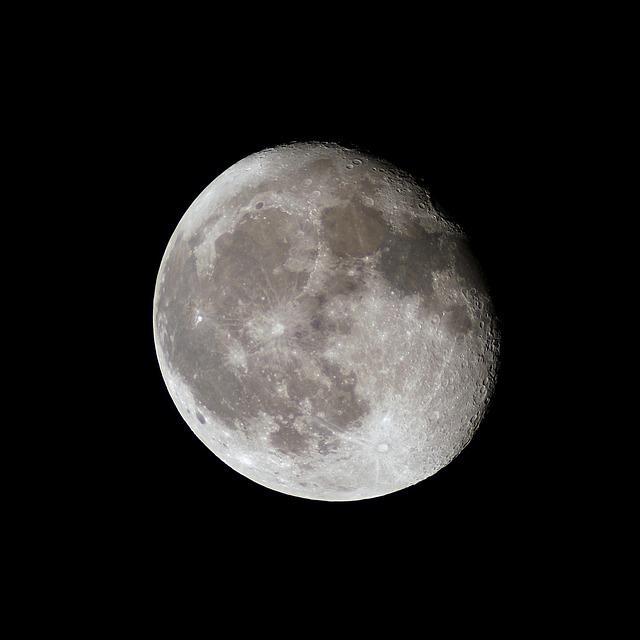The birth of spy satellites: in the shadow of the Cold War
The history of spy satellites is closely intertwined with the geopolitical tensions of the mid-20th century. At the dawn of the Cold War, both the United States and the Soviet Union felt an urgent need for reliable intelligence sources—without risking direct military confrontation.
The first official spy satellite program was the American CORONA, launched in 1959. Its goal: to take high-resolution photographs of Soviet strategic facilities. Interestingly, early satellites used film cameras, and the films had to be physically returned to Earth in capsules, which were caught mid-air by specially equipped aircraft.
The Soviet Union quickly responded with its Zenit series of spy satellites. Thus began the space race in Earth observation, a technological rivalry that continues to evolve to this day.
How do spy satellites work?
Modern spy satellites use a variety of technologies:
-
Optical imaging: Capturing high-resolution images of the Earth’s surface, often with detail below 10 centimeters.
-
Radar imaging (SAR): Producing images day or night, regardless of weather conditions.
-
Electronic intelligence (ELINT/SIGINT): Intercepting radio signals, communications, and radar emissions.
-
Hyperspectral sensors: Detecting chemical substances, vegetation, and structures across various wavelengths.
Some advanced satellites can track moving vehicles and individuals, and according to some reports, even eavesdrop on mobile phone communications.
How accurate are spy satellites?
Based on publicly available data, the most advanced spy satellites can achieve resolutions approaching—or even exceeding—10 cm. This means a satellite could distinguish a car’s color or even identify small objects in a backyard.
However, resolution is not determined solely by the optics; atmospheric conditions, lighting, and orbital altitude also play critical roles.
Fun fact:
-
Some modern spy satellites use optical mirrors up to 2.4 meters in diameter—larger than the main mirror of the Hubble Space Telescope!
How many spy satellites are orbiting us?
As of April 2025, estimates suggest:
-
USA: Over 100 active intelligence satellites
-
China: Nearly 70
-
Russia: Around 30–40
-
Other countries (UK, France, India, Israel): Between 1 and 5
Altogether, there are more than 250 active spy satellites continuously monitoring Earth’s surface and communications.
Important to note:
Many satellites serve dual purposes, gathering civil data (e.g., for natural disaster response) alongside military surveillance.
Do spy satellites monitor everyone?
No. Although spy satellites are capable of global surveillance, they generally conduct targeted monitoring. Priorities are set according to geopolitical developments: military bases, naval fleets, missile sites, key economic facilities.
There are also regions under constant surveillance, such as:
-
The Middle East
-
North Korea
-
The South China Sea
-
Russia and Ukraine
-
U.S. borders
Permanent, widespread monitoring of the global civilian population would be technically and legally unfeasible, though civil rights groups have raised concerns about blurred boundaries.
Which countries operate spy satellites?
1. United States
Home to the world’s largest intelligence satellite fleet, managed by agencies like the National Reconnaissance Office (NRO) and the National Geospatial-Intelligence Agency (NGA).
2. China
Has rapidly expanded its surveillance satellite fleet over the past decade, managed by the People’s Liberation Army Strategic Support Force.
3. Russia
Building on Soviet heritage, Russia maintains a strong space intelligence presence despite some technical setbacks.
4. Israel
Specializes in compact, high-precision satellites (e.g., the Ofek series).
5. United Kingdom, France, India, Japan
Each operates smaller but technologically advanced spy satellite systems.
Fascinating facts about spy satellites
-
Satellite graveyards: Decommissioned satellites are often placed into so-called “graveyard orbits” to avoid collisions.
-
The first digital spy satellite: The American KH-11 series started transmitting digital images as early as 1976.
-
Space debris problem: Retired spy satellites contribute to the growing issue of orbital debris.
-
Hidden satellites: Some satellites are deliberately placed in secret orbits to avoid easy detection.
The future: AI and nanosatellites
The next generation of spy satellites will feature:
-
AI-driven data analysis: Satellites will automatically filter and prioritize important events in real time.
-
Nanosatellite swarms: Hundreds of tiny satellites could monitor target areas simultaneously.
-
Enhanced stealth technologies: Satellites will be better shielded against radar and optical detection.
-
Quantum communication: Providing unbreakable, secure data links between satellites and Earth.
Technological advances offer unprecedented opportunities but also introduce new security risks on a global scale.
Image(s) used in this article are either AI-generated or sourced from royalty-free platforms like Pixabay or Pexels.
Did you enjoy this article? Buy me a coffee!






